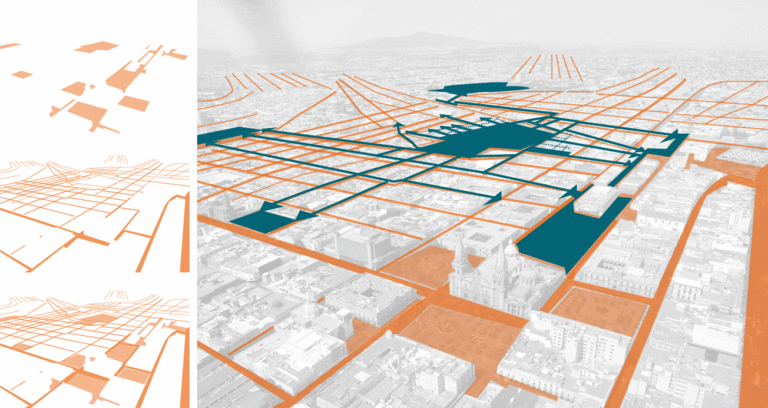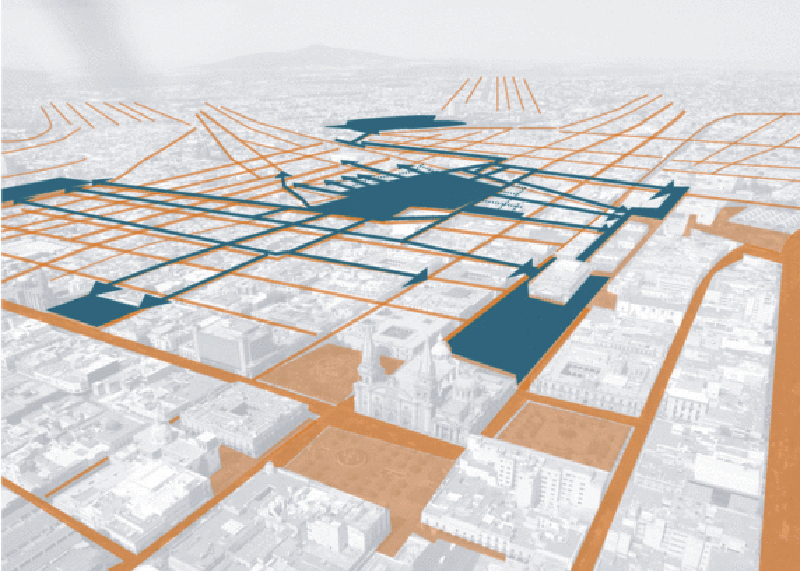Redistributing Urban Space
Milan

The topic of space redistribution in urban planning touches upon many of the disciplines that govern planning processes. In the cities of the western world, we are witnessing the spread of a synergistic approach to the various aspects that shape the urban environment – an approach which aims to coordinate elements from the sphere of mobility with those typically associated with urban and landscape planning.
The very term mobility has come to embrace a more comprehensive notion of the act of moving, which factors in certain components (such as the environmental and experiential ones) that were mostly neglected by the traditional, functional approach to transportation planning (which instead was based exclusively on time and cost values – the so-called generalised cost of travel). To this end, then, the process of mobility planning has naturally come to include considerations on the impact and interaction with the surrounding landscape.
One of the planning approaches that most obviously reflects this correlation is the recent one that emphasises the possibility of redistributing among the various users spaces dedicated to transportation, and specifically to automobiles, rather than introducing new road infrastructures.
Location
Milan
Client
Redistributing Urban Space
Main expertise
Urban Planning, Urban Quality, Urban Space
PROJECT HIGHLIGHTS
- Authors: Francesca Arcuri, Federico Parolotto
- First published as Ridistribuire lo spazio urbano, in “Architettura del Paesaggio” – Rivista di Aiapp, Edifir, n° 31 semestrale 2/2015
Project gallery
Our contribution
The search for a new and more efficient balance between different modes of transport – and their respective flows – allows us to revise our land-budgeting strategies in both functional and geometric terms.
The automobile boom in the second half of the 20th century progressively ate away at the available surface, thus relegating the other modes of transport to minimal, residual spaces. The goal is to reverse that trend, and give back to pedestrians, to bicycles and to above-ground public transport at least some of the spaces that over the years have been allocated almost exclusively to car traffic.
The regeneration of a quality urban environment, that prioritizes liveability and safety, is therefore the end-point of a spatial revision process. This process begins by redefining urban mobility flows, and directly influences the planning of landscapes and of the public realm, bringing back spatial and connective systems that have long been eroded and hidden by the presence of the automobile.
...DOWNLOAD THE FILE TO READ MORE

